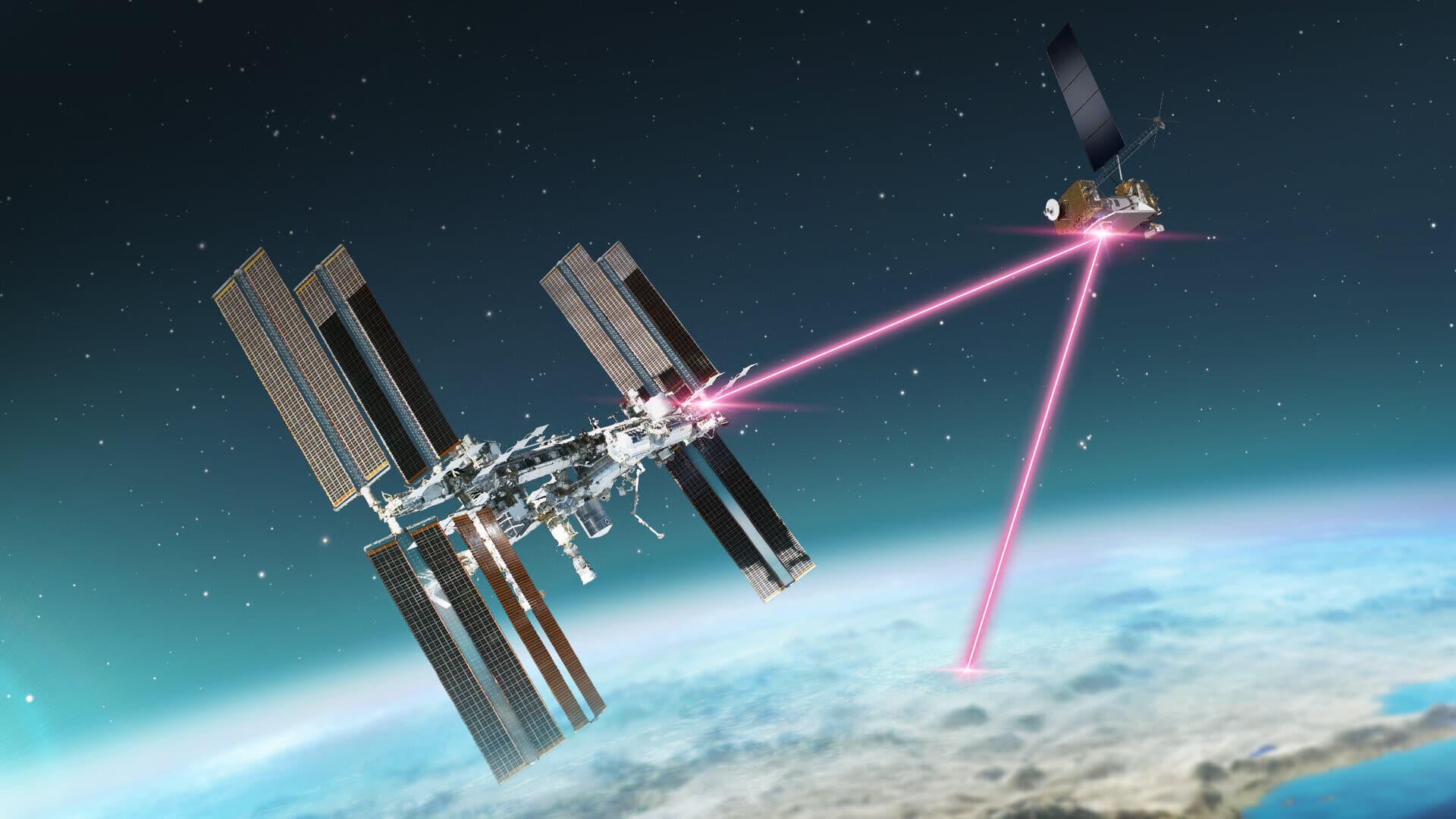
NASA streams 4K video to ISS using breakthrough laser tech
What's the story
NASA's Glenn Research Center in Cleveland has successfully streamed 4K video from an aircraft to the International Space Station (ISS) and back.
This significant first in the use of optical (laser) communications was part of a series of tests on new technology.
The goal is to provide live video coverage of astronauts on the Moon during the upcoming Artemis missions.
Technological shift
Laser communications outperform traditional radio waves
Traditionally, NASA has utilized radio waves for transmitting information to and from space.
However, laser communications, which use infrared light, can transmit 10 to 100 times more data at a faster rate than radio frequency systems.
This project was a collaboration between Glenn engineers, the Air Force Research Laboratory and NASA's Small Business Innovation Research program.
Test flight
Groundbreaking experiment conducted over Lake Erie
For the experiment, a portable laser terminal was temporarily installed on a Pilatus PC-12 aircraft.
The aircraft flew over Lake Erie, sending data from the aircraft to an optical ground station in Cleveland.
The data was then sent over an Earth-based network to NASA's White Sands Test Facility in New Mexico, where it was transmitted using infrared light signals.
Signal relay
Data journey: From earth to space and back
The infrared light signals traveled 35,405km away from Earth to NASA's Laser Communications Relay Demonstration (LCRD), an orbiting experimental platform.
The LCRD relayed the signals to the ILLUMA-T payload mounted on the ISS, which then sent data back to Earth.
During these experiments, High-Rate Delay Tolerant Networking (HDTN), a new system developed at Glenn, aided in effective signal penetration through cloud coverage.
Success acknowledged
Glenn Research Center celebrates technological achievement
Dr. Daniel Raible, principal investigator for the HDTN project at Glenn, hailed these experiments as a "tremendous accomplishment."
He added that they can now "build upon the success of streaming 4K HD videos to and from the space station" for future capabilities like HD videoconferencing for Artemis astronauts.
After each flight test, the team worked on enhancing the functionality of their technology.
Testing importance
Aeronautics testing: A crucial step in technology development
James Demers, chief of aircraft operations at Glenn, emphasized that proving success in a simulated space environment is crucial for transitioning new technology from a laboratory into the production phase.
He noted that aeronautics testing often uncovers issues more effectively than ground testing and is more cost-effective than space testing.
These flights were part of NASA's initiative to stream high-bandwidth video and other data from deep space.
Future plans
NASA's SCaN program embraces laser communications
NASA's Space Communications and Navigation (SCaN) program is embracing laser communications to send large amounts of information back to Earth.
This development comes as the agency continues to advance science instruments for capturing high-definition data on the Moon and beyond.
Although the ILLUMA-T payload is no longer installed on the ISS, researchers will continue testing 4K video streaming capabilities from the PC-12 aircraft throughout July.